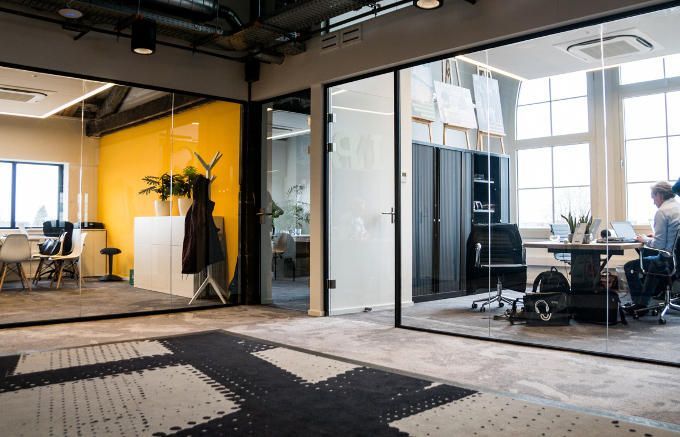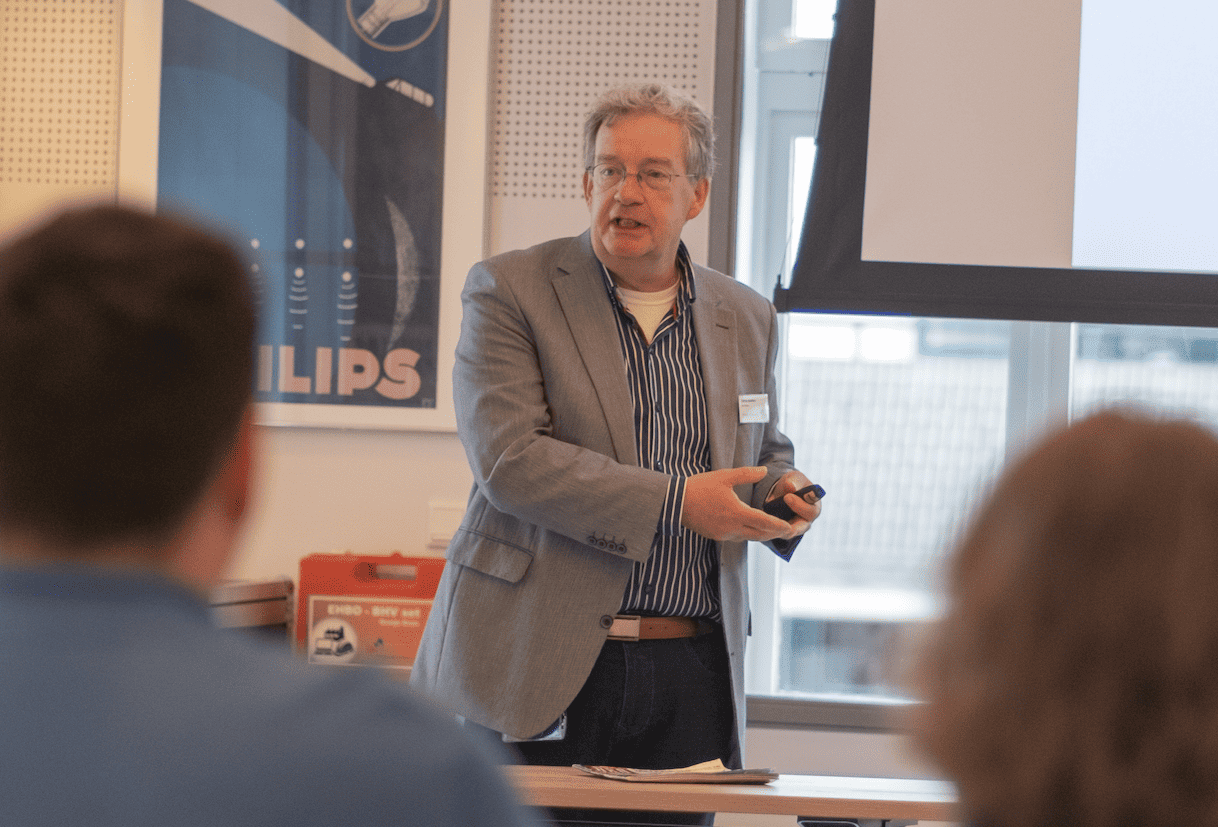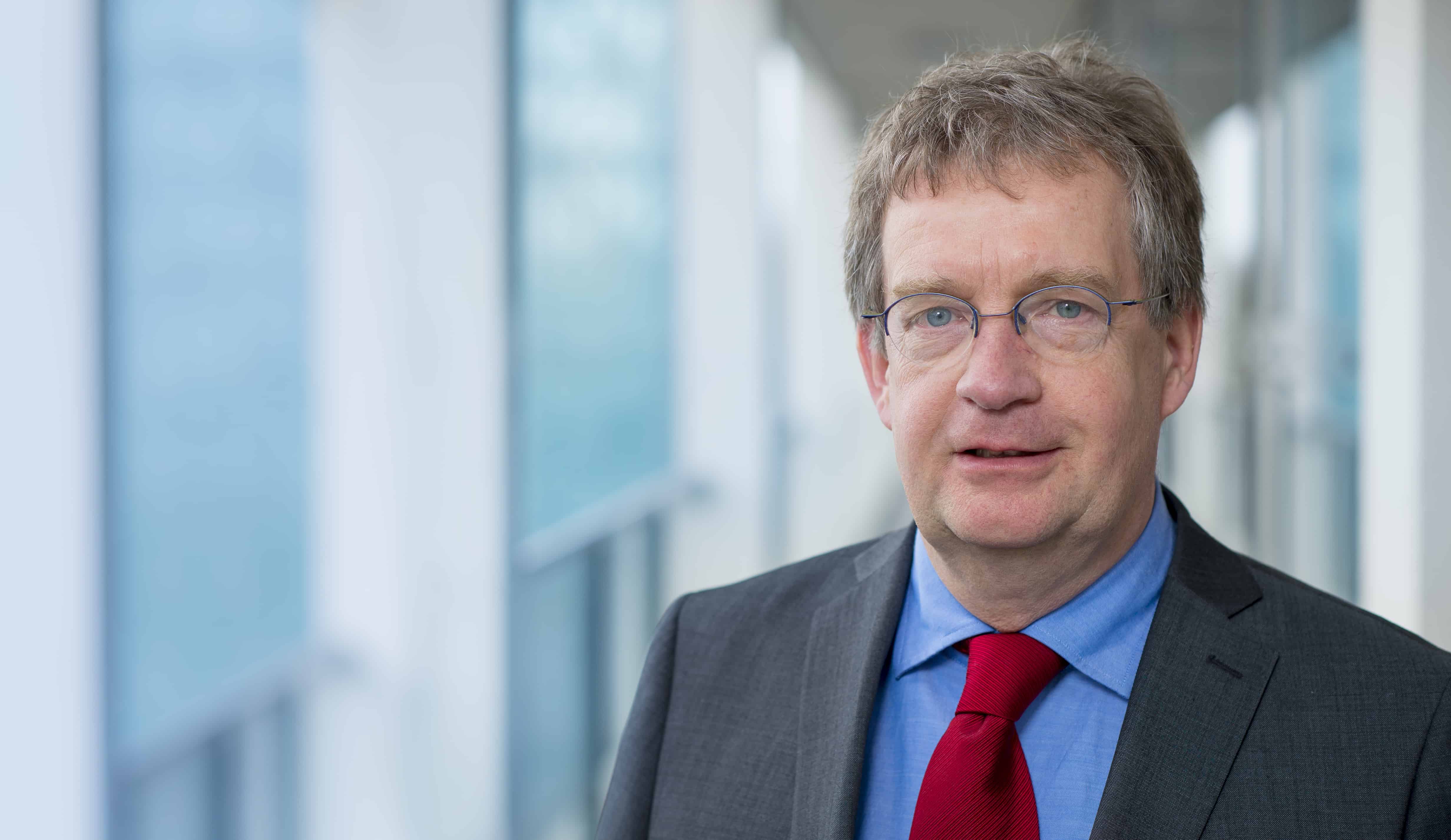
The Netherlands has a Siberian climate for startups? Well, not anymore. No need to flee to Silicon Valley if you want to start an innovative company. Throughout the Netherlands, incubators help startups with business, such as the Tilburg based Starterslift. The reporter Judith Katz took a good look at it.
This article was previously published in the opinion magazine Forum (in Dutch)
Starterslift Director Edward van de Pol is proud to walk through the upper floor of Entrepreneurs House Station 88. Here, in the Tilburg Railway Zone, about 25 startups have their offices. The figures are clear: in 2016, Starterslift helped some 278 startups, generating a turnover of almost 70 million euros and some 887 jobs. With methods coming directly from Silicon Valley, talented students and regional entrepreneurs are prepared to develop their innovative ideas into a successful business. So you don’t have to go to America, Israel or, Amsterdam anymore: all over the Netherlands, initiatives such as Starterslift help you move forward.
The startup of the Brabant entrepreneur Hugo Leijtens (38) is one such company. Prior to joining Starterslift, he had already established a successful software company in China and developed a Windows version of the iPad. He pitched a new innovative idea – the digitisation of credits – before the Starterslift jury. “Initially, I was mainly looking for money”, says Leijtens. I wanted to get started as quickly as possible. In his search for financing, he ended up at Starterslift. “It soon became clear to me that money was not the right solution”, says Leijtens. “It was precisely the coaching that helped me most. I found out that my idea might be good, but the implementation wasn’t.”
Start-ups, entrepreneurship: it starts with education
How you go from a good idea to a successful company, is also something that all students in Brabant are learning nowadays. An enormous change. “That was unthinkable in the years that Starterslift started”, says Van de Pol. “A few years ago, entrepreneurship and education were still very different things. In education, we have achieved a great deal”, he concludes with satisfaction and sums up what has changed in the meantime. “All students who study at the educational institutions in our consortium are faced with education in entrepreneurship. Not only in economic studies, but also in technical ones. And what about training courses provided by people who will become independent at a later stage, such as physical therapy?”
That’s not all: students are allowed to do internships and graduate in their own company – that was also completely impossible not so long ago. Like top athletes, talented entrepreneurs can make agreements about missed lectures and exams. “Making those changes wasn’t exactly easy”, says Van de Pol. “Education curricula are usually reviewed every three to four years. And the education ‘has to’ already ‘teach’ so many things: and now they also have to implement entrepreneurship! But now that entrepreneurship is firmly established, it will never leave again”, Van de Pol laughs.
Sometimes startups start ‘at the university’
Students who want to do more with entrepreneurship, have the opportunity to end up in the support programme of Starterslift and to be financed from one of the Starterslift funds. Appliers can pitch their plan in front of a committee of five experienced entrepreneurs. Leijtens did the same. It turned out to be tough to pass the strict selection. With a smile: “Not all of those five experienced entrepreneurs shouted hallelujah when I was there.” Van de Pol adds: “They actually look at two important elements: do they see an entrepreneur in front of them, and do they believe in the business case.” Important in the selection is that the startups must have the potential and ambition to grow into a successful, innovative company and they must not have found their business model yet. Van de Pol: “That’s the core of a startup. If you want to start a bakery, you will undoubtedly have a lot of questions. There is sufficient support for this, for example from Business Advice Tilburg. And that is very useful. But your earnings model is clear. We are there for companies with a lot of innovative potentials, but still without a clear revenue model.”
The key question is: could these startups have been successful without a Starterslift? Isn’t doing business just starting and then looking at how far one can get? “Of course, that could have been done”, says Van de Pol. “The only thing is that, because of all the bumps and pitfalls the road to success, it would have been a much longer road for them. This often costs more money and energy. We don’t mind if a startup fails, but preferably as soon as possible. Why should you be plodding unnecessarily long?”
There are also commercial programs for startups. For example, they take a share of the company they coach. “An excellent system, especially suitable for certain groups of startups. Startups with a short time to market, often ICT platforms. Which can become mega-large within 2 years’ time”, says Van de Pol. “Public programmes can afford to help from a totally independent position. That independence is a very good thing.”
Once they passed the selection, the starters go into workshops. To get acquainted as soon as possible with the so-called Lean startup methodology. A method used by all startups in Silicon Valley. Coaching, workshops: it’s all part of Starterslift. Hugo Leijtens first was indifferent to all these methods. “Hey, I’m a technician. I thought: I just make something that I like myself, I keep on developing it, and that also had some results. Customers wanted my product. But that’s not how it works, I now know: if you want to scale quickly and grow fast, you shouldn’t be dependent on the few customers who want your product. Keep asking your customers questions. The coaches of Starterslift also insist on this. One of them told me that for years he had been very successful in organising pop-up campsites at World Cup and European Championships football. That always went well, until he did the same at the Olympic Games. Nobody came”, says Leijtens. “He had forgotten to test whether the customer really needed it.” This was also a lesson for Leijtens. “Asking for the same familiar questions over and over again, to actually confirm your own ideas: that was no longer possible. And that’s how I actually completely reversed my plan.”
Startups want to succeed and this is how
Meanwhile, Leijtens has contact with his coach several times a month. “Each time I see the value of it again. If you talk to someone who is being paid big time for that conversation, they will tell you exactly what you want to hear. That does not happen here.” Van de Pol: “We only want one thing. And that is that our companies succeed.”
Which successful startups are the result of the Starterslift?
Ultimaker, for example, a 3D printing company that now employs more than 200 people. And Sense Company, a company that supplies scent systems and has just made a big deal with Rituals. JAMwerkt.nl, which won an FD Gazelle Award twice. And Synple, which won a major innovation prize last year and raised 1.1 million in growth capital. Van de Pol: “Success can mean more than one thing to us. Of course, it’s great when a company grows up, but what if it moves to America and doesn’t come back? A small company that makes a very innovative product is just as interesting.”
Are you very curious about Synple and JAMwerkt.nl? Then read the article about them and the startup Digital MKB tomorrow.
Great for startups, but who pays for that?
In recent years, the Starterslift has been financed by the Government Department for Entrepreneurship in the Netherlands (RVO), the Province of North Brabant and higher education institutes. The RVO set several goals in the so-called Valorisation Programme, launched by the Ministries of Economic Affairs and Climate and Education, Culture and Science. Such as strengthening the focus on entrepreneurship in education (which Starterslift arranged with Tilburg University, Fontys Hogescholen, Avans Hogeschool and the NHTV), making knowledge of universities of applied sciences and universities more applicable, and setting up facilities for startups. Starterslift is one of the initiatives that came out of this. Now that that programme has ended, Starterslift will be incorporated into the Brabant Startup Alliance in 2018, initiated by the higher education sector and co-funded by the province of North Brabant.
Photo: Hip offices in an old railway building especially for startups: Station 88 – (c) Starterslift








